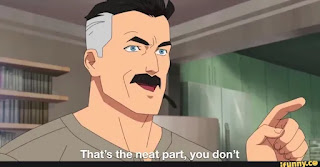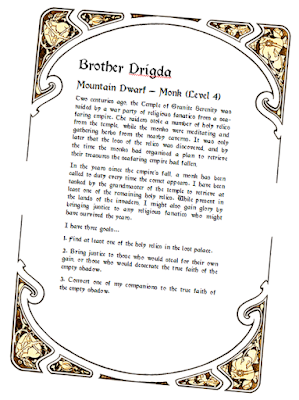Modular Gaming Components 3 - The Relationship Map

Apparently, according to some sources, the first game to do this really well was Sorceror (written by Ron Edwards and published by Adept Press)...but I distinctly remember seeing implementations of relationship maps back in World of Darkness games in the 90s. The idea is that different characters in the story are connected to each other, Points (or nodes) on the chart indicate who they are, and lines between them can be used to indicate who connects to whom...but there can be more than this. Relationship maps can be simple... ...or quite complicated... They can link only the characters in a campaign, or they can link characters to places, and to objects that may be important to the story. The links can also depict more than just a connect between elements of the setting. I like to add symbols to the lines between nodes, or colour code them. In this case, the nodes are groups, because these are the important units of the story. Within each group there could be a separate relationship m
.png)



